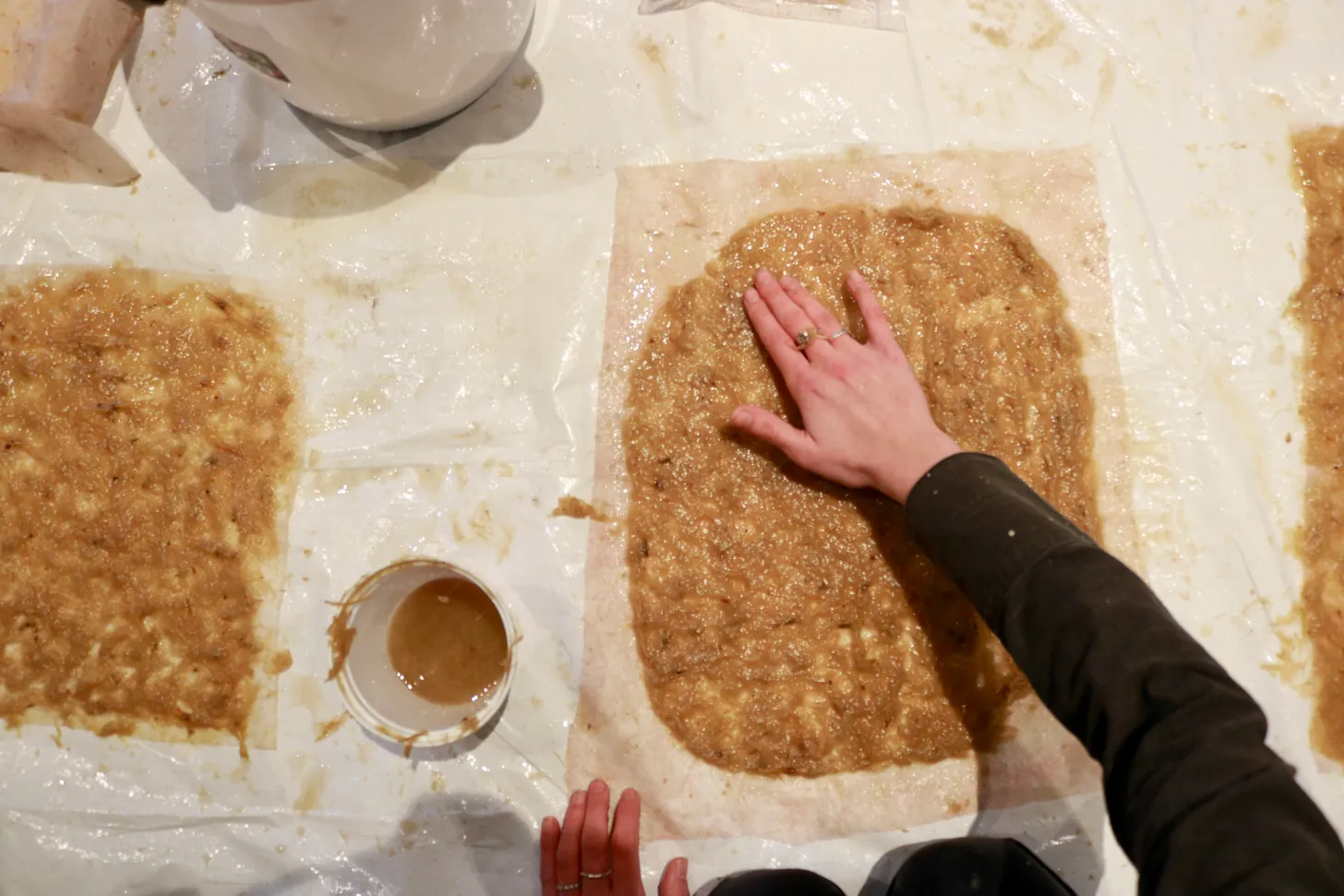“It’s really wonderful to be back and have our doors open, see a bunch of familiar faces, and a bunch of new people discovering CUCCR”
Concordia University’s Centre for Creative Reuse reopened last week in a new location after seven months of renovations. The new centre is located in the Grey Nuns Residence, and the bigger space allows for more room for CUCCR to grow.
CUCCR is an organization that takes material – like school binders and fabrics – that would usually be thrown out by Concordia, and offers it for free to Concordia students and anyone that is a member of the organization.
“It’s really wonderful to be back and have our doors open, see a bunch of familiar faces, and a bunch of new people discovering CUCCR,” said Anna Timm-Bottos, the creator of the organization. “People really were waiting very patiently, and we felt so bad not being open because we know this is such a valuable resource.”
The new space in Grey Nuns, open Tuesday, Thursday, and Friday, mainly focuses on being a place where people can create things. It currently has sewing machines, cutting and book binding stations, and Timm-Bottos plans to expand this in the future.
She explained that in May, CUCCR’s original space in the basement of the Hall Building closed to allow for renovations in the new space. She had planned to open in September, but because of strict security at the Grey Nuns Residence – as it has to be secure for students – there were delays.
With a new and bigger space, Timm-Bottos is excited to see an influx of people, but because they reopened in a quiet time of the year – with exams and holidays – it’s hard to say how popular the new space will be.
Yet, the traffic is still increasingly higher than what it was last year. Timm-Bottos explains that according to their records from last year, around this time of year they would have 20 to 30 people a day, and in the busy times of the year, 70 people a day.
According to Timm-Bottos, with the new space, they are having around 50 to 60 people a day, and in the first week since reopening, they had over 250 visitors.
One of the plans for 2020 is to have a tool library, where people pay either a monthly, yearly, or by-the-semester membership fee, to rent out simple tools like power drills and wrenches, to take home. Timm-Bottos explained that she wants people to have more tool literacy, so that people understand how and when to use them.
She started off as a high school art teacher, where she witnessed teachers being afraid of lacking the budget to buy art supplies and being forced to use their own money to buy them. When she came to Concordia to do her Masters, she saw the same fears in the teachers she was training.
Two years ago, Timm-Bottos got involved with Concordia’s sustainability community, and realized the huge amount of material that an institution like Concordia throws out. The project she then proposed was originally waste diversion, but now it has become a complex organization with around 3,000 members.
There was just a missing link, which was CUCCR.
“There was a lot of fear of what it could look like,” said Timm-Bottos. “But what we found is we have diverted over 19 tons of material in the two years we were open. Concordia discards over 60 tons a year, so we are barely scratching the surface, but at least it’s something.”
Timm-Bottos hopes the new CUCCR will be more active in making things, rather then the Basement Shed, which refers to the old space in the Hall Building and was seen as more of a free store.
The Basement Shed is currently open Tuesdays and Fridays as a material depot. In January, it will focus more on being a space where people can make things with reused material.
“It still functions that way, but hopefully there are more opportunities [with the new space] for skill shares, workshops, more educational opportunities, where people can learn some skills,” said Timm-Bottos.
Photo by Maya Jain
